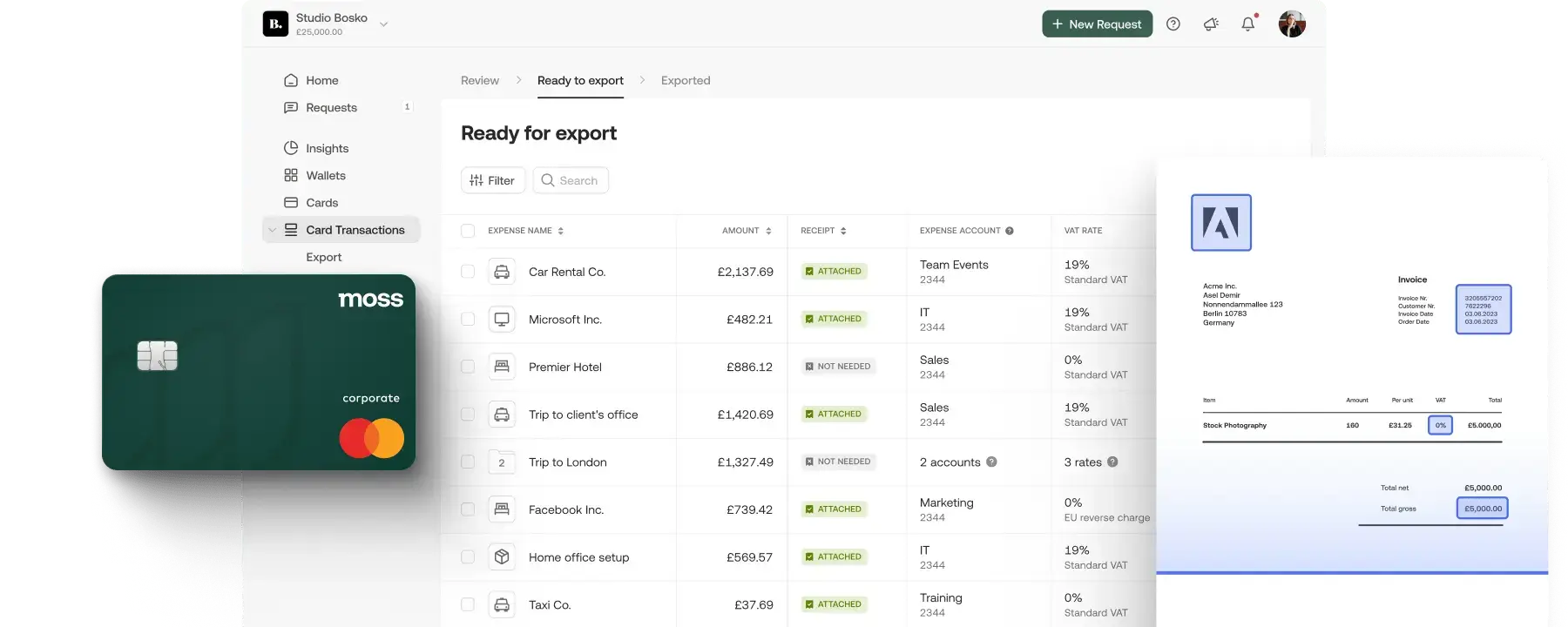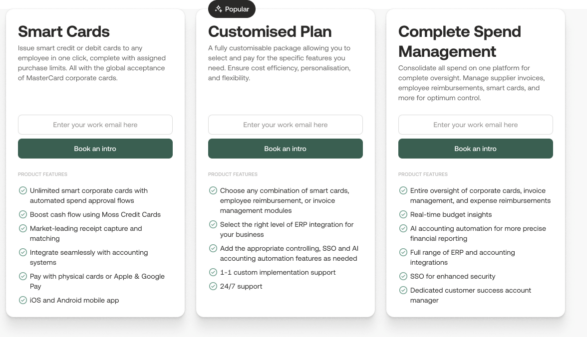Many employees have been forced to learn how to handle work duties outside an office during COVID-19. This includes having important business calls at home, setting up a desk, and re-organising their daily life. Some enjoy the new-found freedom, others find working from home stressful and dislike the added costs associated with it. Regardless of your preferences, if you’ve been working from home, you’ll probably be interested in learning more about working from home tax relief. This guide explains what it is and how to claim it.
What is the working from home tax relief?

Working from home for eight or nine hours a day can have a huge effect on your consumption habits. The impact is noticeable on our energy bills. Having to use the computer all day, using heating, lighting, water in the kitchen and the bathroom, as well as cooking instead of eating elsewhere can have a noticeable impact on energy bills. This applies to employees and self-employed workers alike. That’s why the working from home tax relief is necessary to keep costs at bay.
The working from home tax relief is not new: it was introduced in the early 2000s when remote work became more and more popular. With COVID-19 hitting the UK in March 2020, the government decided to relax the strict rules for people choosing to work from home instead of risking getting sick by going to work.
In general, it’s possible to claim working from home tax relief for services that are strictly necessary to fulfill a job:
- gas and electricity
- metered water
- business phone calls
- internet access
- equipment like computers, desks, and chairs
Even rent or mortgage interest could be considered, although it’s important to only claim a respective part of the amount as private matters are not covered. However, proving all these expenses can be time-consuming. That is why HMRC has come up with a simplified process which assumes a baseline cost £6 a week while working from home. Applicants receive a tax rebate on that specific sum.
Who can claim tax relief working from home?

Every person working from home is allowed to claim respective tax relief. However, there are certain rules. If an employee’s contract states that they have the possibility to work from home, it is not possible to claim tax relief. HMRC also refuses to deduct if the employer has an office, but it’s too full to work there. Moreover, it is not possible to claim for the whole bill, but only the part that relates to work.
The rules were relaxed for 2020/21 and 2021/22 in favour of employees who were under additional pressure due to the pandemic. But, since April 2022, choosing to work from home because your colleagues might spread COVID-19 no longer is a reason to grant tax relief.
Working from home tax relief 2022/23
As COVID-19 is becoming endemic and life slowly normalises, the UK government’s working from home tax relief has also been adapted for 2022/23. In March 2020, it became essential for many people nationwide to work from home. This was encouraged by the promise to help with household costs. Millions of people have used the tax relief so far but, since April 2022, the rules have slightly changed.
Even if people have claimed successfully earlier, it may not be as easy for them to do so again in 2022/23. The government has decided to only pay back workers who still have to work from home. People who choose to continue working from home will no longer be able to claim working from home tax relief. The new rule still benefits employees if the company they work for does not have an office or sufficient facilities and equipment. Another reason might be that the job requires employees to live far away from the workspace provided.
However, this doesn’t affect the previous years. Employees who are no longer eligible now, but were in the last few years, still have time to claim. Backdating up to four years is possible. Working from home tax relief for the year 2020/21 can be made until 5 April 2025, for 2021/22 the cut-off date is 5 April 2026.
How much is the tax relief when working from home?

The amount employees can claim, depends on the individual rate for each taxpayer. Here’s what you could get:
- Basic rate taxpayers (20%) can claim £1.20 per week or £62.40 per tax year
- Higher rate taxpayers (40%) can claim £2.40 per week or £124.80 per tax year
- Additional rate taxpayers (45%) can claim £2.70 per week or £140.40 per tax year
When backdating and claiming for the current tax year, it is possible to even receive up to £420 as an additional rate taxpayer. Higher rate taxpayers receive £375, and basic rate taxpayers are eligible for £187 in tax relief.
For previous tax years (2019/20 and earlier), the rate is £4 a week. This method is great for common extra costs as there is no need to keep evidence like bills and receipts. As long as workers fulfil the basic requirements, the costs don’t have to be proven and won’t be double-checked by HMRC.
It’s also possible to claim the exact amount of extra costs if they are higher than £6 a week. In this case, evidence such as receipts, bills, or contracts is needed to prove that there is additional financial strain.
How to claim working from home tax relief

In order to claim tax relief for working from home, eligible people need to follow a few easy steps. There is an online service by the government that significantly reduces paperwork. We at Moss love an easy fix to otherwise annoying tasks, so we highly recommend using it. The steps are as follows:
- Visit tax.service.gov.uk to check the claim
- Answer HMRC’s questions to make a claim
- If needed: create a Government Gateway ID (National Insurance number and a form of ID is needed)
- Have receipts and bills at hand when claiming an exact amount
Once the application has been approved by the government, the tax code will be adjusted, so employees receive the tax relief directly through their salary. This means: that the tax will be lowered each month to reflect the relief. However, we suggest double-checking your payslips in order to detect errors or missing tax relief.
Good to know: If the application covers the 2020/21 tax year, the amount will be paid as a lump sum in the salary. If there are discrepancies, you should contact HMRC to get the notice of coding corrected. Otherwise, the additional tax will have to be paid at the end of the tax year.
For some people to receive working from home tax relief, a self-assessment may be necessary. This is the case for freelancers and other self-employed workers. When completing the online tax return, there is a section under employment called ‘other expenses and capital allowances’. When using paper for the tax return, this is section 20 on the full-return form. In the short form, the field can be found in section 2.5.
Access to financial insights with Moss

Keeping track of expenses is crucial for everybody, and this does not exclude businesses. To ensure liquidity, knowing what is going on financially is critical. However, many companies still take a shot in the dark when it comes to budgeting because they are lacking real-time insights and can only rely on estimations based on last year’s numbers. Moss is here to change that:
Moss insights automatically consolidates transactions from all corporate accounts when they happen. This makes for a clear overview of the company’s financial status by keeping all data in one place — all without the hassle of filling out extensive spreadsheets manually, which can lead to errors. Having access to detailed insights is a massive competitive advantage, as people in charge can make quick business decisions when others are still crunching numbers.
Here’s an example: With Moss insights, managers know if the budget covers paying a monthly lump sum to employees who work from home because the company has enough funds or can save on office space, gas, or electricity. Knowing that a flexible remote work approach also comes with financial pressure on the team members’ side, companies can do the right thing and pay them back. Regarding the current energy prices, this benefit would surely be welcomed by all employees. Your business can boost motivation and engagement by taking of your employees and compensating their expenses fairly.
FAQs
Employees and self-employed workers are eligible for working from home tax relief if they have to fulfil work duties at home. This rule has been relaxed during the pandemic, so for the years 2020/21 and 2021/22 everyone who chose to work from home can also claim.
The easiest way to claim working from home tax relief is to use the online service provided by HMRC. After answering questions on your situation and using the personal Government Gateway ID, it’s possible to also add receipts of extra costs.
Basic rate taxpayers (20%) can claim £1.20 per week or £62.40 per tax year. Higher rate taxpayers (40%) can claim £2.40 per week or £124.80 per tax year additional rate taxpayers (45%) can claim £2.70 per week or £140.40 per tax year.
Applications for the working from home tax relief is made easy via online services by HMRC. Self-employed workers who need to fill out a self-assessment for their tax return can also benefit by filling out section 20 on the full-return form, or section 2.5 on the short form.
HMRC adapts the tax code according to the individual taxpayer’s rate (20 %, 40 %, or 45 %). The tax relief then gets deducted automatically from the salary. Self-employed workers, on the other hand, get a reduction after the annual self-assessment has been completed.
In April 2022, the government decided to only pay back workers who have to work from home. People who choose to continue working from home will no longer be able to claim working from home tax relief as they did during the pandemic.








